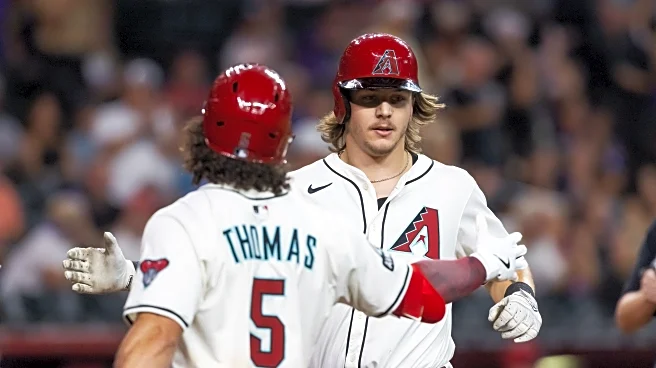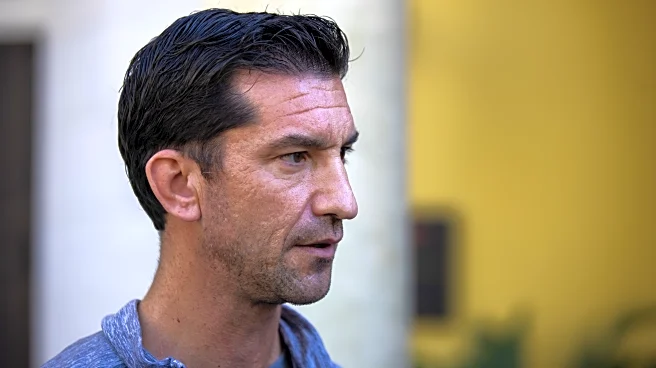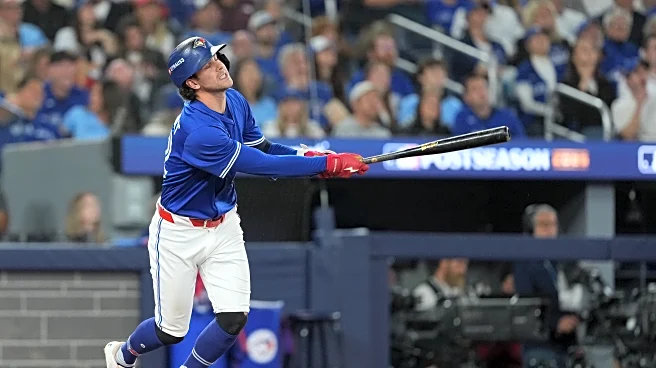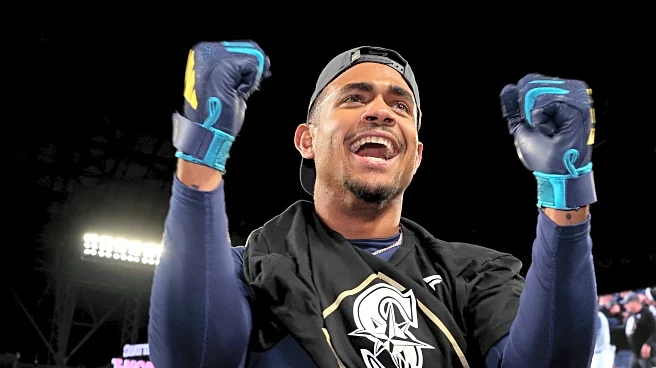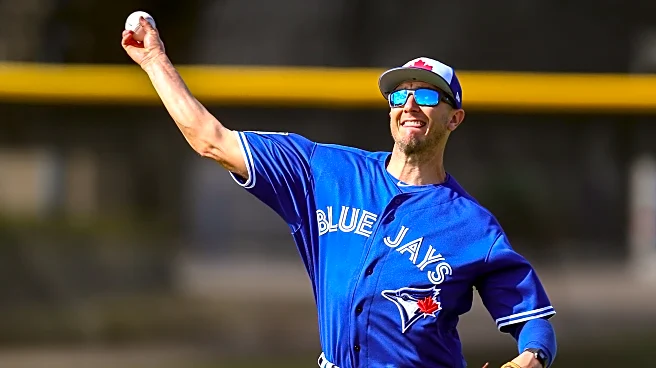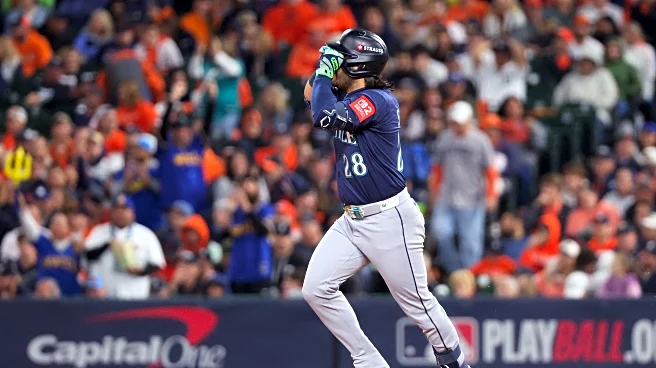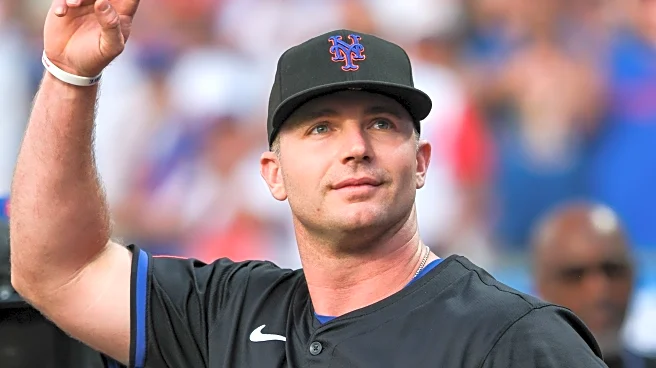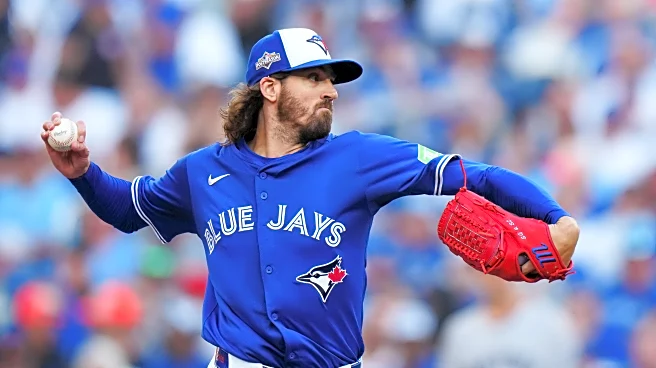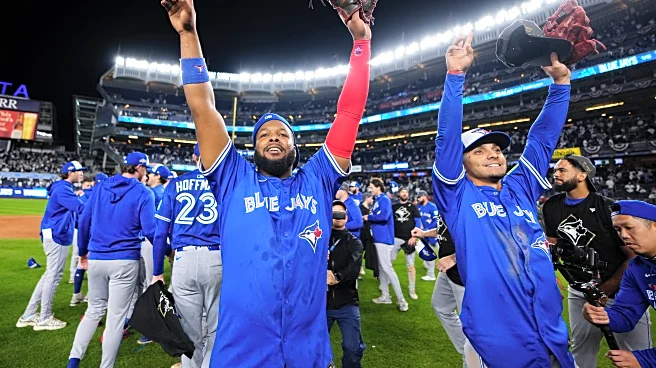As discussed earlier in the week, the D-backs have a total of 11 players who are currently eligible to go through the arbitration process this winter. I wanted to take a more detailed look at these, and
so have split them up into position players and pitchers. First though, some notes on payroll overall. Based on the figures from Spotrac, the D-backs are currently fully committed to paying about $103.5 million in payroll next year, to eight players. Those are the guaranteed contracts, and presumes that Lourdes Gurriel will exercise his $13 million contract for 2026 – the only contract with an option next year, presuming Zac Gallen will decline his QO and move on.
We do not know for certain what the team will have to spend next year. Last year, the final figure was $179 million, with the figure for competitive balance tax purposes even higher, at $220 million. Ken Kendrick has said that won’t be matched, but the specific level remains to be established. Whatever it is, the balance will have to cover both the arbitration players the team decides to retain, and also any free agents and/or players traded for over the course of the winter. For example, re-signing Merrill Kelly would take a significant amount, with positions like the corner infield and bullpen perhaps also in need of shoring up.
Given that, how much does the team want to commit in arbitration? Going off the MLB Trade Rumor estimates, the 11 Arizona players would total $26 million. However, the excess cost would be less, because even if the team decline all of them, they would still have to pay league minimum to their replacements, at $780,000 per player. That’d be $8.6 million in total. It’s worth bearing in mind, especially at the bottom of the list. For example, John Curtiss is forecast to get $1.2 million. But non-tendering him and getting a replacement, entry-level player instead, would only save the team about $420K.
With that all said, here are the D-backs hitters eligible for arbitration, in alphabetic order, along with their service time and MLBTR estimated cost for 2026.
Jake McCarthy (3.074): $1.9MM
When Jake broke through in 2022, he looked very promising. Despite appearing in under a hundred games, he was still fourth in the Rookie of the Year voting. But it has been a struggle since, with hopes for this year holed below the waterline by a wretched start, which saw him go 3-for-41 before being optioned to Reno. The numbers were better after he returned in late June, but a .674 OPS there was still unimpressive. On the other hand, the team has few credible outfield options, especially with Gurriel’s return date uncertain. You could argue a case that Jake might not need to be good to be tendered – just better than Jorge Barrosa.
Gabriel Moreno (3.061): $2.4MM
This one does not merit much discussion. Since coming from Toronto, Moreno has been worth 8.3 bWAR. While it’s less than Daulton Varsho (11.3 bWAR), this is largely due to health issues which have limited Gabby to an average of 97 games per year, compared to Varsho’s 122. $2.4 million is still a bargain for Moreno’s level of production: it’d barely be enough for a credible backup catcher on the market. Jacob Stallings got that from the Rockies last winter ($2m guaranteed, $500K buyout), and was one of the worst players in the major leagues this year, at -1.3 bWAR. See also Elias Diaz: $1.5m, $2m buyout and also below replacement level at -0.2 bWAR.
Pavin Smith (4.015): $2.4MM
Few players are more divisive among fandom than Smith. Over the past two seasons he has an OPS+ of 129 across almost 450 PA. But has he received twenty-nine percent more love above average, over that time? I do not think so. To be fair, Pavin’s numbers this year were jacked by a .377 BABIP. Smith was also strictly platooned, seeing only 24 PA against left-handed pitching before a strained quad ended his season. For the first time, he saw more time at designated hitter than in the field. That may indicate the team’s intentions for him in 2026 – as the strong side of a DH platoon. Now in his second year of arbitration eligibility, is Smith cheap enough to be worth it?
Alek Thomas (3.103): $2.2MM
Thomas was the everyday center fielder, appearing 139 times there. However, the defensive metrics were not particularly impressed: Statcast had both his range and arm at average, while Defensive Runs Saves were at -7. Combine that with an offensive approach which had a lot of blue on Thomas’s Statcast page, and his overall value barely being replacement level (0.1 bWAR) makes sense. However, as well as being better than McCarthy this year, it is worth remembering Thomas will still only be 25 next Opening Day. Despite it seeming like Alek has been around forever, already with 420 regular season games under his belt. There may be some upside left.
Ildemaro Vargas (5.129): $1.4MM
After the trade of Josh Naylor, and the loss of Smith and Tyler Locklear to injury, Vargas ended up starting more games at first-base for the D-backs in September than anyone else. No offense to Ildemaro, but a career 78 OPS+ is probably not what you want at 1B when chasing a playoff spot. Vargas keeps returning to Arizona, having previously played for the D-backs in multiple stints from 2017-21. He was initially signed to a minor-league deal in December, but triggered an opt-out clause in May, and was re-signed to a major-league contract, joining the roster when Jordan Lawlar was sent down. Might Vargas be a useful super-utility piece for 2026?
